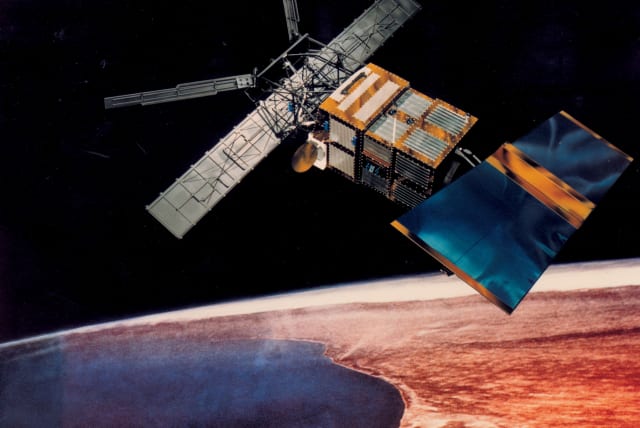Satellite the size of 6 tigers to crash into Earth's atmosphere Wednesday - ESA

Though the ERS-2 satellite is huge as far as space debris goes, it is expected to safely fall to the Earth without causing any harm or damage.
A European Space Agency (ESA) satellite the size of around six Siberian tigers is set to crash into the Earth's atmosphere in the coming days, according to the ESA.
The satellite in question, ERS-2, is around 38 feet tall, and has been in orbit since 1995.
Though the satellite is huge as far as space debris goes, it is expected to safely fall to the Earth without causing any harm or damage.
ERS-2: The satellite crashing into Earth
The ERS-2 satellite was launched in 1995, four years after its sister satellite, ERS-1. These two were some of the most advanced and sophisticated satellites of their kind at the time, managing to accumulate a wealth of data about the Earth.
Thanks to these satellites, scientists were able to observe critical data about the planet, verifying the impact of climate change. In addition, they were also able to monitor natural disasters, no matter where on Earth they were happening.
But lets talk numbers. And in this case, let's talk comparing this satellite's size to tigers.
The largest species of tiger is the Siberian tiger, with estimates placing the average male at around 195 centimeters in length, or 77 inches.
With that in mind, satellite ERS-2 is around the size of six Siberian tigers.
But because this is a manmade satellite, we also know the weight.
According to the ESA, ERS-2 weighs around 2,294 kg now that it is empty. To go back to the tiger metric, that weighs almost 11 Siberian tigers.
But will this satellite cause any damage upon reentry? The ESA says no.
ERS-2's reentry is something that was expected, being the natural course of events when an old satellite is no longer functioning and can no longer maintain orbit. The ESA estimates that it will break into smaller fragments as it continues its descent, most of which will burn up in the atmosphere. Anything that survives the trip will likely crash into the ocean - unsurprising, considering that most of the world is ocean.
And according to the ESA, none of the surviving fragments will contain any harmful radiation.
As of now, the satellite is expected to fall at 1:14 p.m. Israel time on Wednesday, February 21.
Jerusalem Post Store
`; document.getElementById("linkPremium").innerHTML = cont; var divWithLink = document.getElementById("premium-link"); if (divWithLink !== null && divWithLink !== 'undefined') { divWithLink.style.border = "solid 1px #cb0f3e"; divWithLink.style.textAlign = "center"; divWithLink.style.marginBottom = "15px"; divWithLink.style.marginTop = "15px"; divWithLink.style.width = "100%"; divWithLink.style.backgroundColor = "#122952"; divWithLink.style.color = "#ffffff"; divWithLink.style.lineHeight = "1.5"; } } (function (v, i) { });

